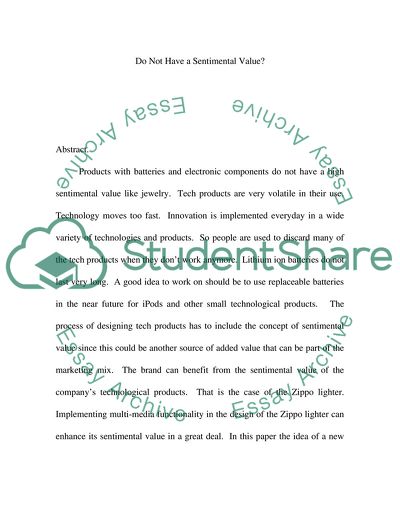Cite this document
(Products with Batteries and Electronic Components Essay, n.d.)
Products with Batteries and Electronic Components Essay. Retrieved from https://studentshare.org/technology/1707163-products-with-batterries-and-electonical-components-do-not-have-a-sentimental-value
Products with Batteries and Electronic Components Essay. Retrieved from https://studentshare.org/technology/1707163-products-with-batterries-and-electonical-components-do-not-have-a-sentimental-value
(Products With Batteries and Electronic Components Essay)
Products With Batteries and Electronic Components Essay. https://studentshare.org/technology/1707163-products-with-batterries-and-electonical-components-do-not-have-a-sentimental-value.
Products With Batteries and Electronic Components Essay. https://studentshare.org/technology/1707163-products-with-batterries-and-electonical-components-do-not-have-a-sentimental-value.
“Products With Batteries and Electronic Components Essay”, n.d. https://studentshare.org/technology/1707163-products-with-batterries-and-electonical-components-do-not-have-a-sentimental-value.


